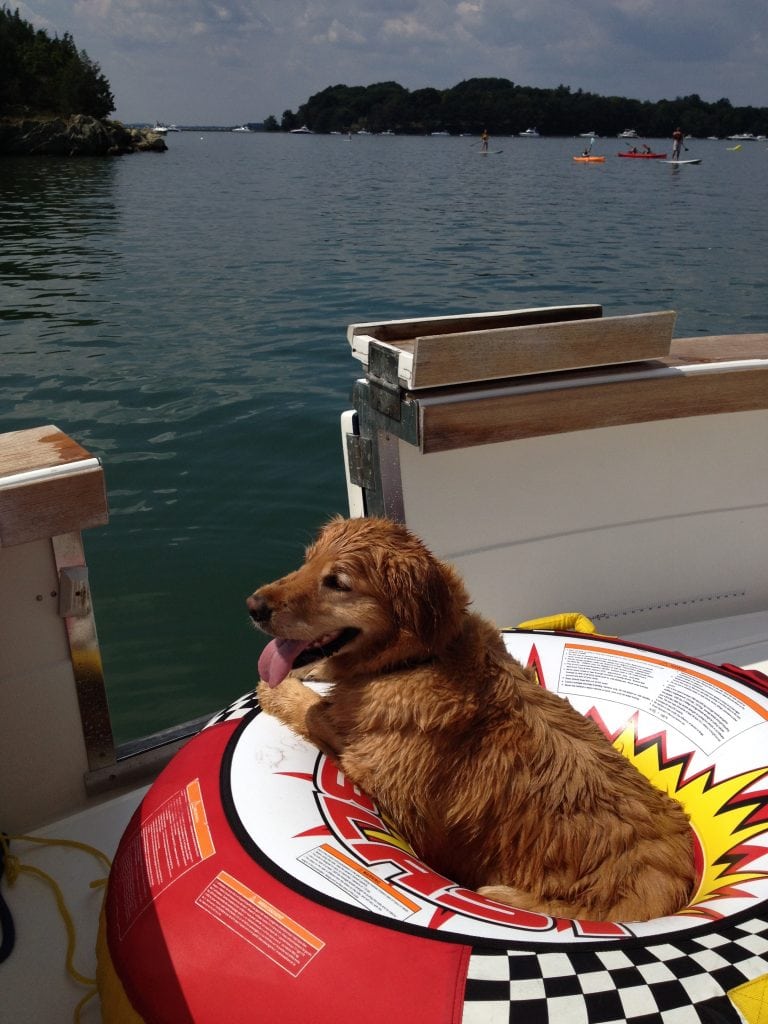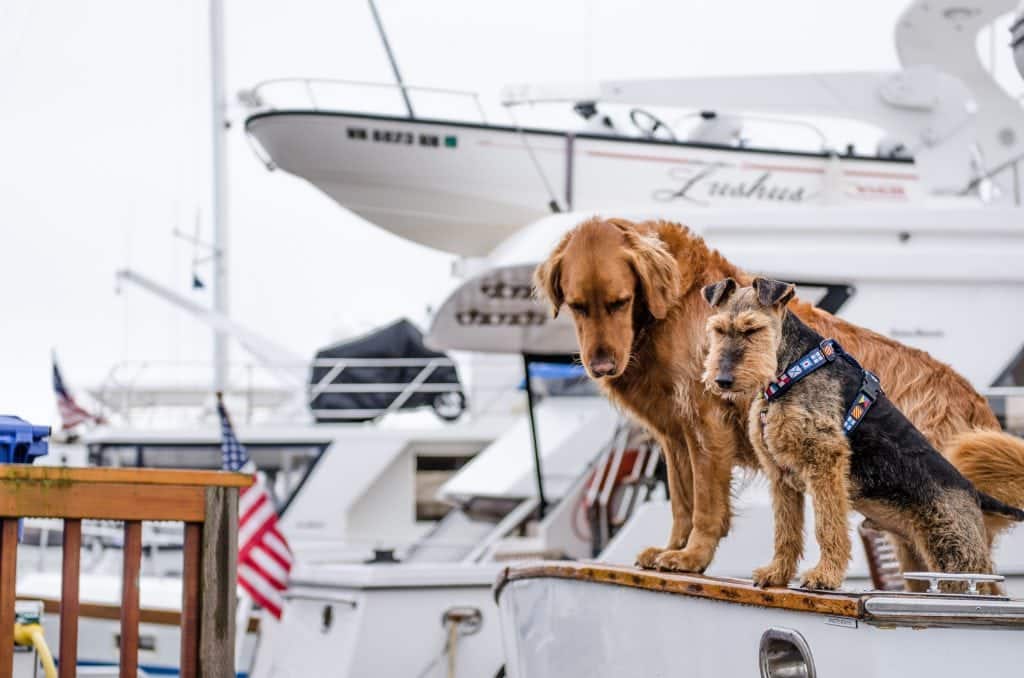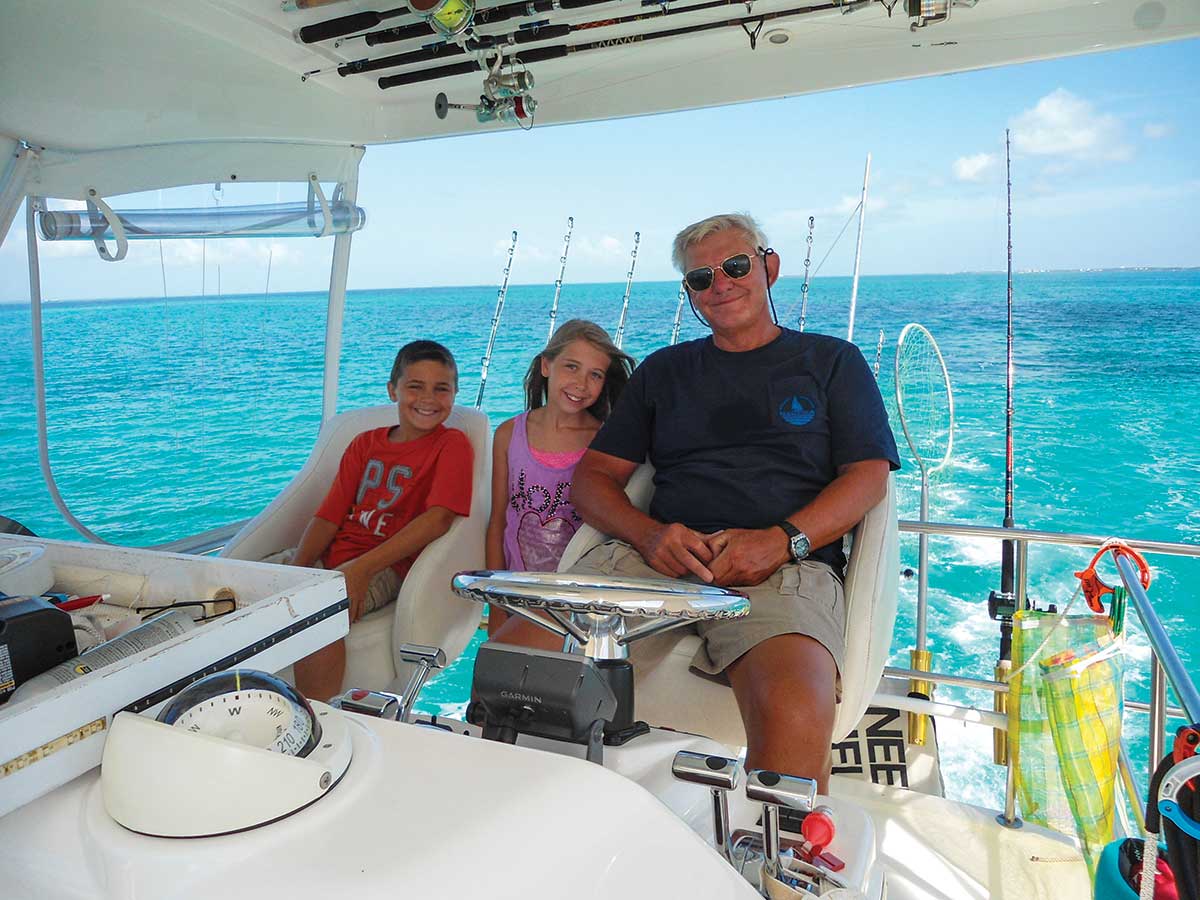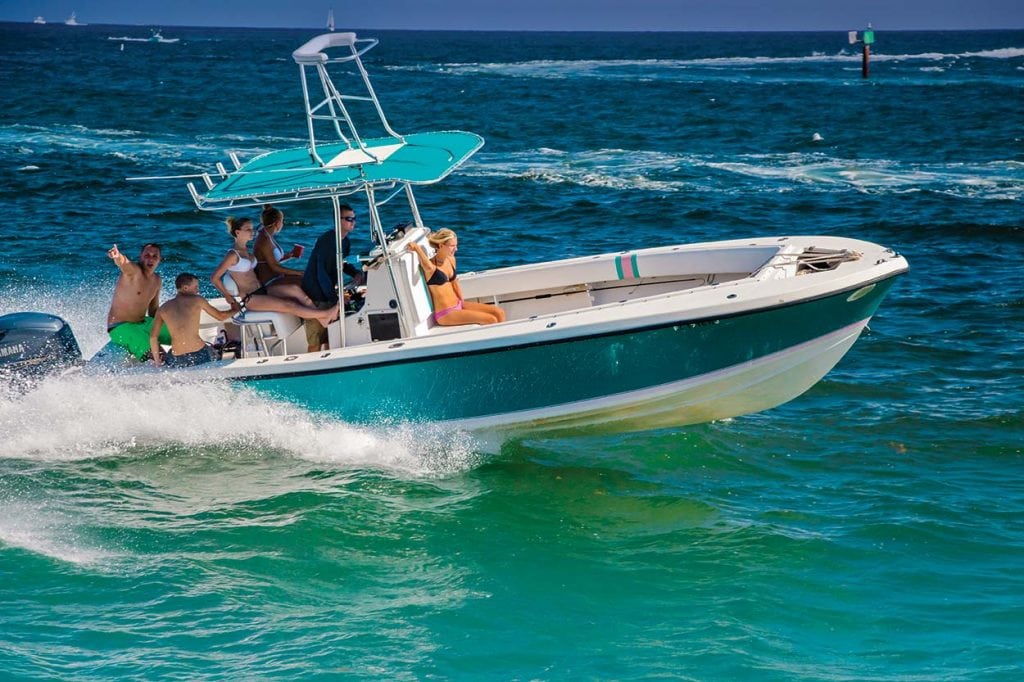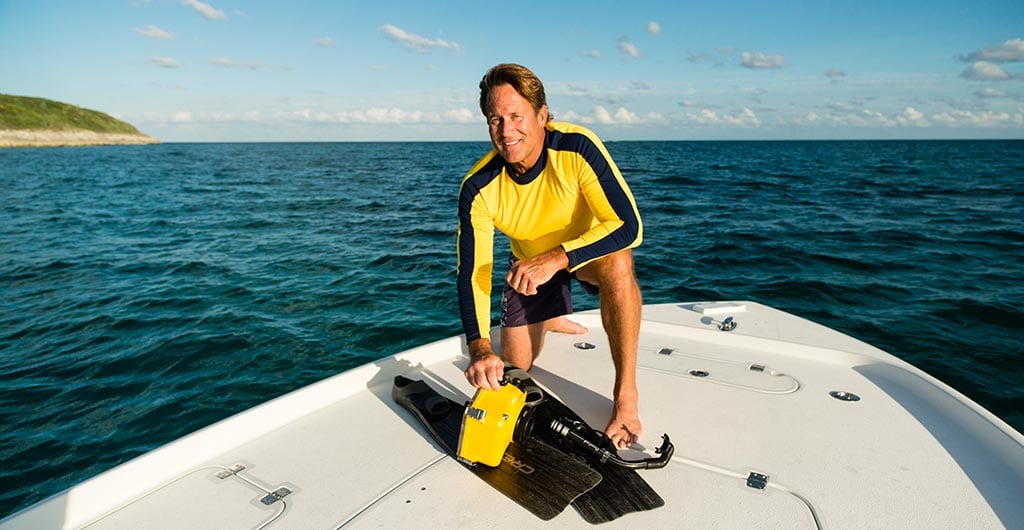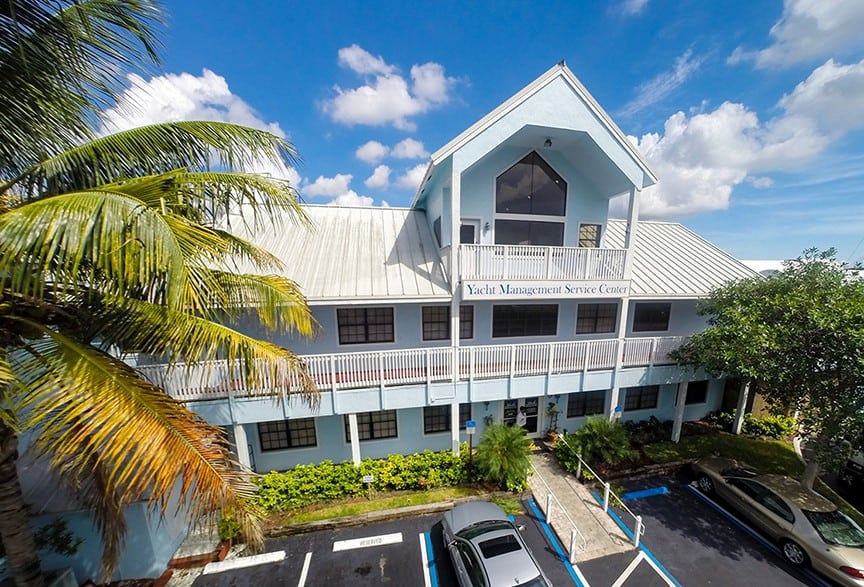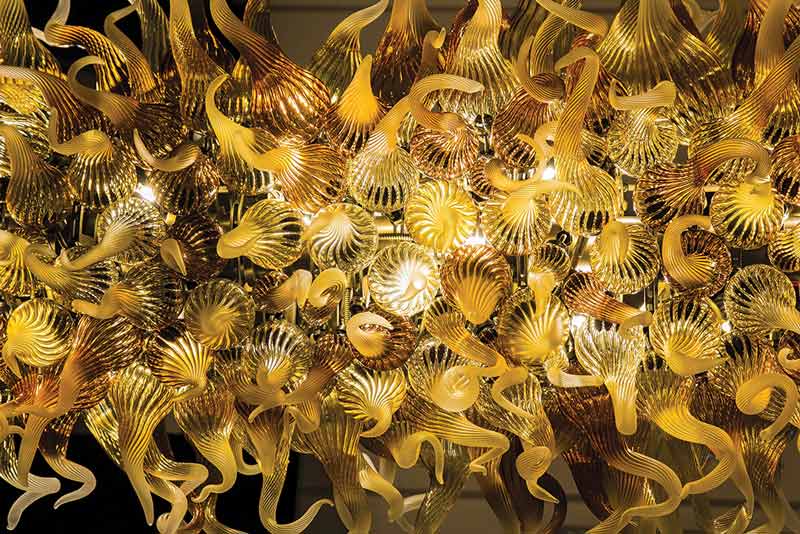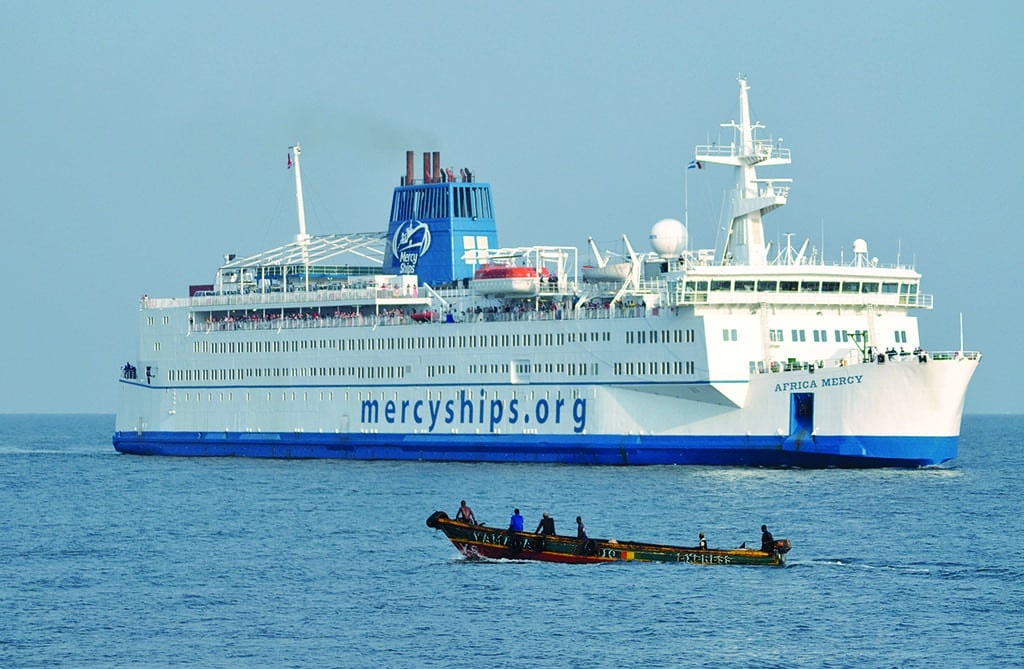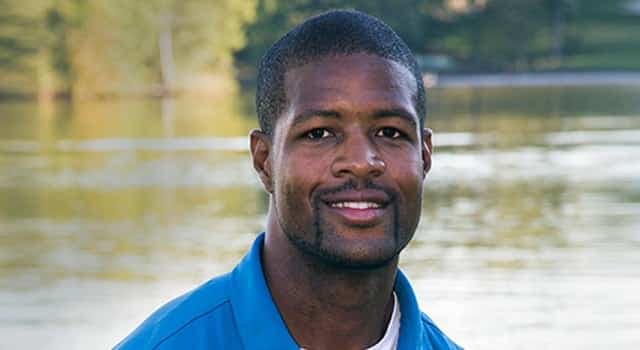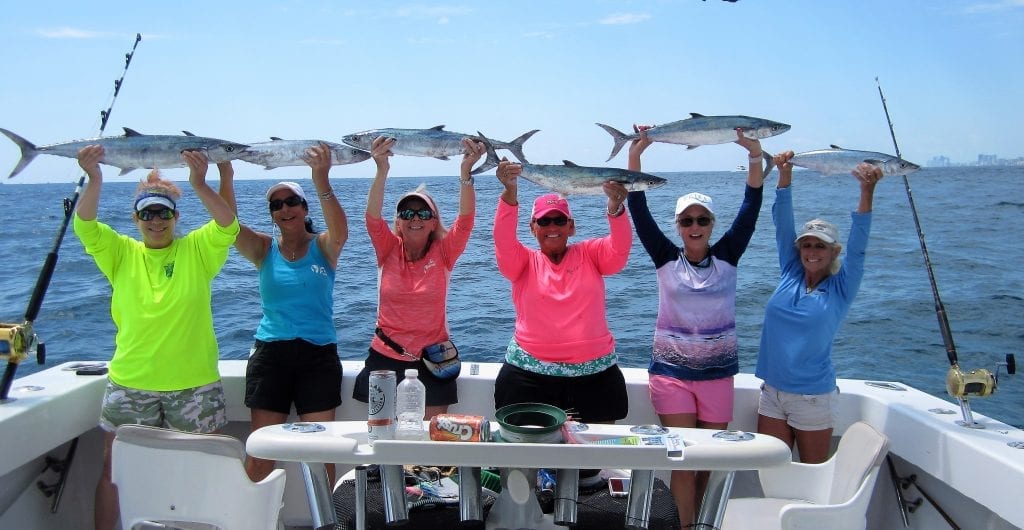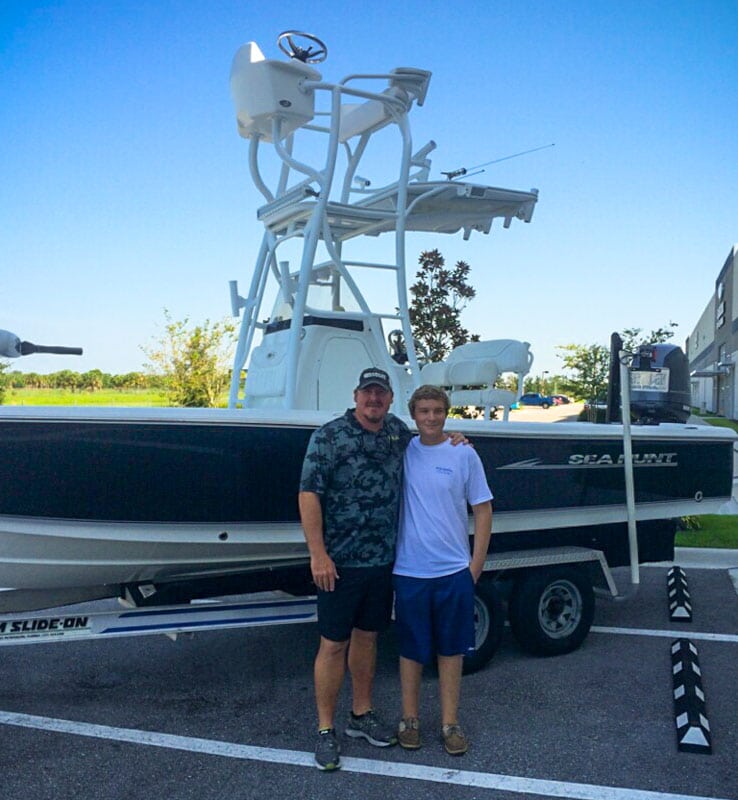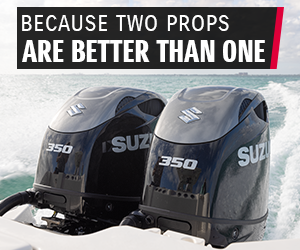People
Browse through interviews that peek into the lives and careers of those in the boating industry. Interviews with marina owners, boat builders, and event coordinators can be found here.
Pets On Deck Part II
Wow! We had such a great response to last week’s article: Top Ten Tips for Boating with Pets. We asked...
Read moreDetailsPets On Deck
Planning a boating excursion with your dog (or cat) this weekend? At Southern Boating, we believe that pets are a...
Read moreDetailsCruising with Grandparents is the best gift of all
Grandparents discover the best Christmas gift gives memories that last a lifetime. With Christmas just around the corner, most grandparents’...
Read moreDetailsJump World Records Fall in Florida
Girl’s got major up’s. Nautique athlete Jacinta Carroll’s Jump World Records set behind the PCM powered Ski Nautique 200 set...
Read moreDetailsGuest Guidance
How to talk safety with guests before you leave the dock. When it comes to having an enjoyable time out...
Read moreDetailsTop 10 Boat Movies
Top Ten Boat Movies Movies inspire us to take action, escape reality, imagine a different world, remind us of what’s...
Read moreDetailsSeven summits, seven seas
Martin Frey has completed the challenge of a lifetime. He is the only person to climb all seven summits and...
Read moreDetailsSouthern Exposure’s Q&A: Kevin Dodge, Photographer and Diver
Underwater photographer and free diver Kevin Dodge combines his two passions— photography and diving—and presents unique shots of underwater life....
Read moreDetailsSouthern Exposure’s Q&A: Jake Cordero, Artist
When in South Florida, look for artist Jake Cordero’s vibrant paintings that convey his passion for cultures, nature and animals....
Read moreDetailsInterview: Josh Kerrigan, owner, Yacht Management
Tell us a bit about yourself, your background, where you’re from . . . I’m born and raised in Pompano...
Read moreDetailsSouthern Exposure Q&A: Marek Landa, Owner, Crystal Caviar
Perhaps his love for the ocean and his upbringing in a little village of the Czech Republic with a deep...
Read moreDetailsSouthern Boating Q&A: Jon Fadely, a maritime professional, Mercy Ships
Jon Fadely is a professional mariner working with the global charity, Mercy Ships. A licensed deep-sea captain, he has served as...
Read moreDetailsSouthern Exposure Q&A: Jerry Cash, Marina Manager, The Boathouse at Harbor Club Marina
Jerry Cash, 31, an Iraq war veteran, took over as marina manager at The Boathouse at Harbor Club in Greensboro,...
Read moreDetailsBetty Bauman, Founder and CEO of “Ladies Let’s Go Fishing!”
Betty Bauman Founder and CEO of "Ladies Let's Go Fishing!" Passion, experience and a true understanding of the task at...
Read moreDetailsSouthern Exposure Q&A: Kevin Barker, Owner, Barker Boatworks
Florida-based bay boatbuilder Kevin Barker makes wishes come true for customers and strangers alike. Barker recently teamed up with Make-A-Wish...
Read moreDetails
